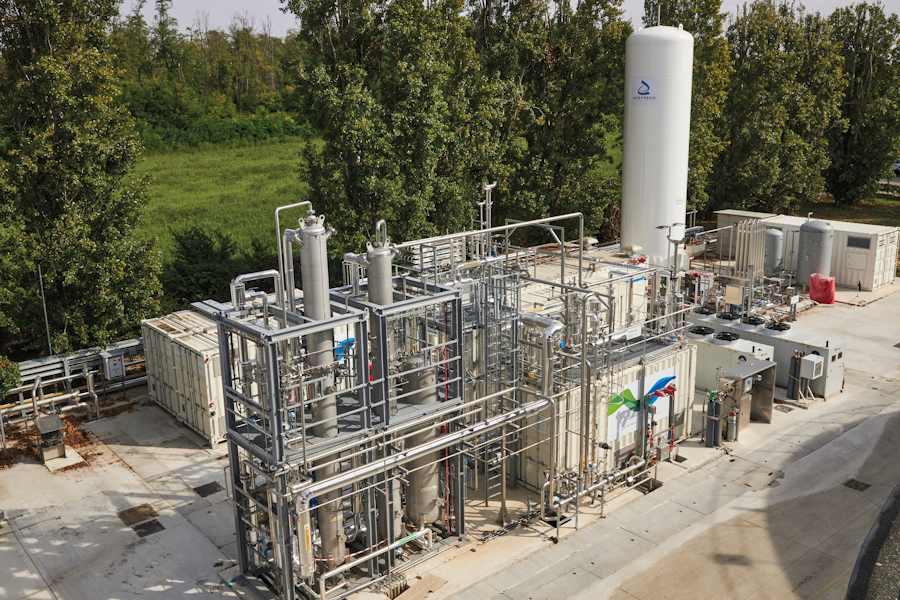
- 09/02/2024
- NEWS
It's time to focus on biogas upgrading and bio-LNG
With the Russian-Ukrainian war, the European Union excessive dependence on external energy supplies has shown all its limits, undermining energy security and inflating the bills of thousands of European families and companies.
Renewable gases, including biogas and biomethane, can provide a crucial contribution to replace natural gas and reduce its demand and high import costs, becoming fundamental for shaping the future energy mix and playing a primary energy role in the decarbonisation process.
The biogas sector (European Biogas Association Report 2023) is already supplying 21 billion cubic meters (bcm) of renewable gas to Europe and by 2050 could supply up to 167 bcm, covering 35%-62% of European gas demand in 2050.
Biomethane production, in particular, continues to grow: plus 20% last year, confirming a continuous and costant trend from year to year.
By 2030, the combined biogas e biomethane sectors can more than double production from 21 bcm in 2022 up to 45 bcm in 2030 and it is estimated that biomethane will be able to cover up to 62% of gas demand by 2050.
In other words, biomethane can satisfy 2/3 of the European gas demand expected for 2050.
The choice whether to connect a biomethane plant to the distribution or transport network can be influenced by several factors, the most important of which, for a sustainable project, is the on-site availability of biomass. If the plants have the availability of sustainable biomass but not access to networks, the possibility of producing bio-LNG on site and completely avoiding the need for a connection to the network become an essential factor for the feasibility of the project.
Bio-LNG can be delivered to refueling stations to be sold as automotive fuel or transported by truck to its end users, both for transportation and other uses in industry. Off-grid biomethane production is of particular interest in rural areas with limited access to the gas network or in countries where networks have not been developed.
At the end of 2022 there were 27 active bio-LNG plants in Europe, almost double compared to the 15 of the previous year, and this number is expected to have increased significantly in 2023 ( 28 plants) and will increase further in 2024 ( 42 plants).
In 2020 there were over 15,000 LNG-powered tucks in the European fleet and this number is expected to increase to 280,000 by 2030, representing at least 25% of the market share.
These numbers demonstrate that large shares of bio-LNG can be expected already in the coming years and that it is time to focus on biogas upgrading and bio-LNG.
Projections suggest that Italy will become one of the main bio-LNG producing countries in Europe: if Italy today has 6 active bio-LNG plants, there are as many as 40 plants in different stages of development which should become operational by 2025.
HYSYTECH, in addition to the vast number of references of plants already built, begins this 2024 with the ongoing construction of 13 biomethane plants, 12 of which are bio-LNG plants, commissioned by important customers at a European level.
Furthermore, since 2022 HYSYTECH has become part of the NIPPON GASES group, further consolidating its poisitioning as a secure industrial partner and today becoming a leading player in this emerging international market.


